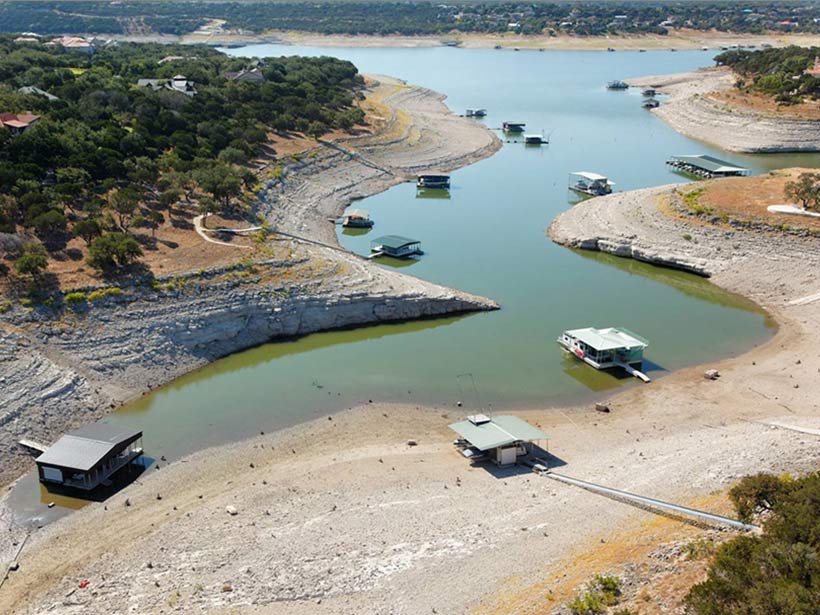Longer, more severe heat waves and droughts and decreasing reliability of surface water resources are projected in the southwestern United States. Constrained water resources during drought, along with episodes of extreme summer heat, can disrupt energy production and transmission, leading to cascading series of events affecting millions of people in southwestern cities, with ramifications for public health and safety, transportation, and food supply.
There has been relatively little emphasis on examining the interactions of multisector vulnerabilities and emergency management at the intersections of water, energy, and extreme heat.
Much effort has focused on exploring the risks of projected climate change on individual economic and resource management sectors, such as water and agriculture. However, there has been relatively little emphasis on examining the interactions of multisector vulnerabilities and emergency management at the intersections of water, energy, and extreme heat.
A regional group of researchers and resource managers with expertise in water, energy, climate, natural hazards, and emergency management met last year at the University of Arizona to identify risks, vulnerabilities, and knowledge gaps and to prioritize research and management needs. The workshop, supported by the Bureau of Reclamation, aimed to improve understanding of climate adaptation needs to address management and preparedness for high-impact, low-probability (high-low) events. Another goal was to gather information for a report that will be used in the sustained National Climate Assessment.
Following presentations of case studies of recent high-low events, such as the 2011 San Diego power outage and 2011 Texas drought, participants developed a conceptual model illustrating potential vulnerabilities, factors amplifying risk, and cascading impacts.
Three major themes emerged from workshop discussions of management and policy interventions and research and management needs:
- The need to integrate research, planning, and management across time scales. The complexity of interactions during high-low events requires consideration of changes in social and infrastructure vulnerabilities across multiple time scales, as drought and upward temperature trends increase the likelihood of acute events. Monitoring, planning, and management options for effectively bridging these factors remain unclear.
- [pullquote float=”right”]Little is known about the efficacy and pitfalls of implementing possibilistic approaches.[/pullquote]Utility of anticipatory approaches, such as scenario planning, to identify triggers for cascading impacts. Participants noted that scenario planning can foster “possibilistic thinking,” a shift in thinking from the average to the high-low case. Little is known about the efficacy and pitfalls of implementing possibilistic approaches.
- Critical examination of how institutions and individuals learn from high-low events. Discussion focused on needs for research into factors that foster increased preparedness and resilience.
Participants identified research, management, and planning priorities to improve understanding, increase preparedness, and enhance learning. These include developing flexible institutions to foster connectivity, engage in anticipatory planning, and document lessons learned. Also needed is an improved characterization of social and infrastructural vulnerabilities that lead to cascading impacts spanning jurisdictional and temporal scales.
The effectiveness of centralized (state-level) and decentralized (local) monitoring must be evaluated, attendees agreed. After a high-impact, low-probability event, an evaluation and analysis must be undertaken to learn why some areas avoid impacts. Another priority is to identify and evaluate physical, institutional, and social resilience indicators of adaptive capacity.
—Sarah LeRoy, Gregg Garfin, and Mary Black, Institute of the Environment, University of Arizona, Tucson; email: [email protected]
Citation: LeRoy, S., G. Garfin, and M. Black (2016), Anticipating cascading effects from climate extremes, Eos, 97, doi:10.1029/2016EO048971. Published on 29 March 2016.
Text © 2016. The authors. CC BY-NC 3.0
Except where otherwise noted, images are subject to copyright. Any reuse without express permission from the copyright owner is prohibited.

